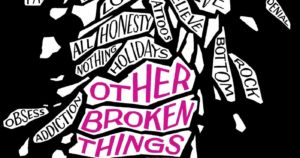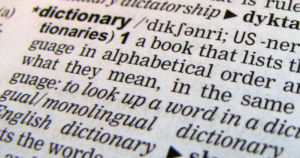
Review: Two Girls Staring at the Ceiling by Lucy Frank
I wish this book, featuring a girl newly diagnosed with Crohn’s, had existed when I was a teenager—my recurring thought throughout was, “Oh my god, someone wrote a book for me!”

I wish this book, featuring a girl newly diagnosed with Crohn’s, had existed when I was a teenager—my recurring thought throughout was, “Oh my god, someone wrote a book for me!”

While some elements of the representation were handled decently, I ultimately wasn’t a fan.

When Deenie was first published, it may well have been a positive representation of the experience of a child with scoliosis, but it hasn’t held up well.

Venkatraman creates a fully-formed character, and nails both the details and the emotion of having a limb amputated and adjusting to life afterwards.

Kayla Whaley talks with thirteen-year-old activist and author Melissa Shang about her recent middle grade debut.

Any time I pick up a book about addiction and recovery, I do so with equal parts hope and trepidation. Despite our differences, I understood Natalie fully and completely from the get-go.

The most common wheelchair-using character has acquired paraplegia, but why is this particular narrative so prevalent, and at the expense of all others?

Writing disability respectfully can be difficult, especially in the midst of large, seemingly contradictory conversations about representation. How should frustrated or concerned authors approach this?

We take a close look at the state of recognizable representation of visibly disabled characters on book covers.

To help authors make informed decisions about what language to use, we talk about disability terminology–from outdated words and cringe-worthy phrases to straight-up ableist slurs, and everything in between.